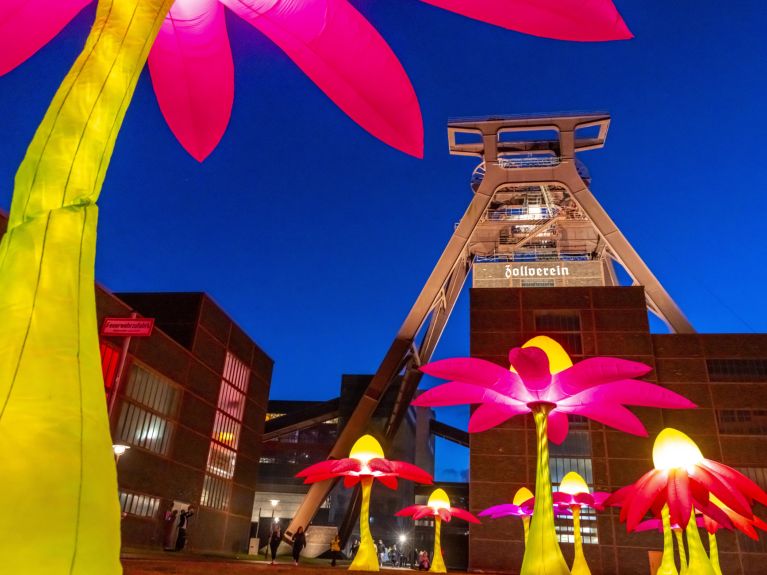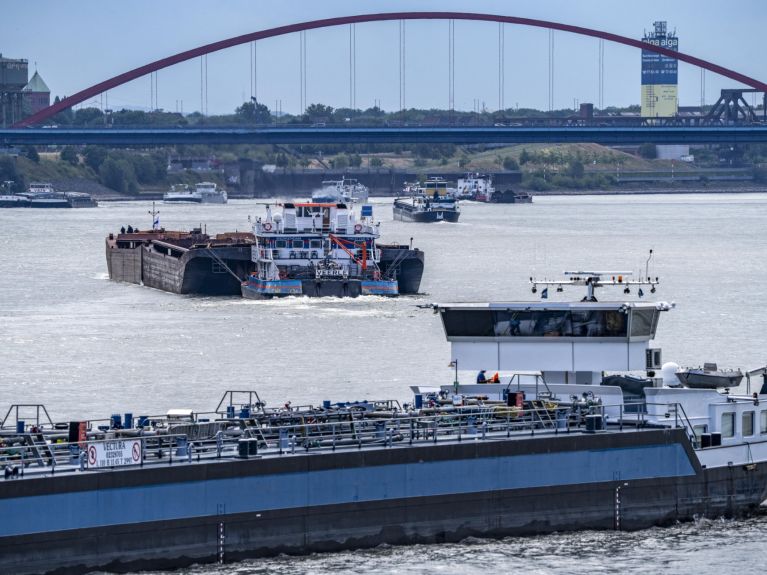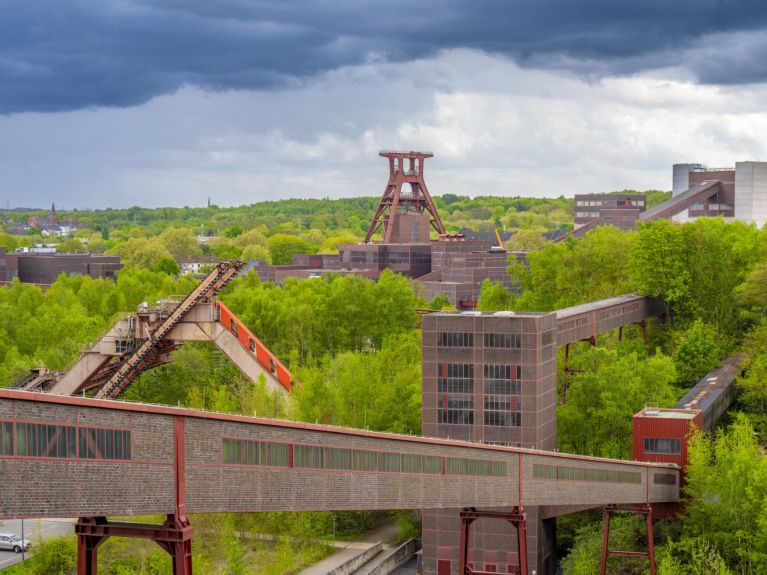Portrait of the Rhine-Ruhr region
A dynamic region bursting with history and innovation is hosting the 2025 World University Games.

In July 2025, the Rhine-Ruhr region in Germany will be hosting the Rhine-Ruhr 2025 FISU World University Games. The region hosting this sporting event is one of Europe’s most exciting and dynamic, in both a historical and a cultural sense.
The Rhine-Ruhr metropolitan region covers a large part of western Germany. It is home not only to the host cities of Bochum, Duisburg, Essen, Mülheim an der Ruhr and Hagen, but also to Düsseldorf, the state capital of North Rhine-Westphalia. Its best-known cities are Cologne, a city of over a million inhabitants with a famous cathedral, and Dortmund, which is renowned for its successful football club, Borussia.
All of the World University Games host cities are located in the original Ruhr region, however. With a population of more than five million, it is Germany’s largest metropolitan area. The cities here tend to merge into one great urban sprawl, especially along the west-east axis. Often it’s only the road signs that alert visitors to the fact that they have left one big city and entered the next. The region is named after the Ruhr river, which flows through it from east to west. It enabled coal and industrial products to be transported cheaply.

Mining has shaped the Ruhr region for centuries
Though the region is an important centre for industry and trade, it was shaped by mining. Rich deposits of coal and ore, steel production and downstream processing industries made it one of the world’s most important industrial conurbations in the nineteenth century. Though it has now ended, mining shaped the region and the mentality of its inhabitants for centuries. Cities grew up around mines and industrial plants. During the period of industrial growth, many people moved to the Ruhr from other regions of Germany and from abroad - especially from Poland, Turkey, Italy and Greece. To this day, the region is a melting pot of many different cultures.

Essen: UNESCO World Heritage site and a symbol of transformation
The city of Essen symbolises the region’s transformation and innovation. It is home to Zeche Zollverein, once the world’s largest stone coal mine and now a UNESCO World Heritage site. Many other industrial sites here have now likewise been transformed into cultural venues, museums or event locations.
Today, the region has reinvented itself as a research and higher education hub, boasting at least nine universities and several technology centres. The Ruhr region is also a leading European logistics centre and home to many commercial corporations. Many of Germany’s biggest insurance firms are also headquartered here alongside major energy companies.


